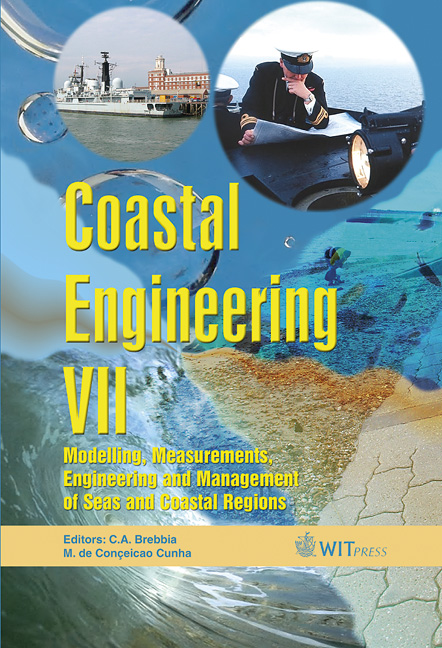Using Computational Fluid Dynamics To Investigate The Effect Of A Marram Covered Foredune: Initial Results
Price
Free (open access)
Transaction
Volume
78
Pages
10
Published
2005
Size
559 kb
Paper DOI
10.2495/CE050181
Copyright
WIT Press
Author(s)
S. J. Wakes, M. Hilton, K. Dickinson & T. Maegli
Abstract
New Zealand coastal dune systems have been invaded by Marram grass (Ammophila arenaria) over the last 50 years. This is thought to have had a significant effect on the ecosystem biodiversity and coastal geomorphology. Care needs to be taken if eradication is to be undertaken that the dune systems are not unstabilised and more problems are caused. Marram grass was originally planted as a sandbinder and has created massive foredunes on exposed coasts Cooper [1], Wiedemann and Pickart [2] and Elser [3] that has major implications for the geomorphic development of transgressive dune systems. Little work has been done to study the impact of these foredunes on the development of downwind dunes. Initial work is being undertaken to model the flow over a particular coastal dune system at Mason Bay, Stewart Island, New Zealand with a typical marram covered foredune with a transgressive parabolic dune downwind. Previous work, Hart et al [4], has compared a two-dimensional slice of the topography as of 2003 (marram) and 1958 (pre-marram) numerically to understand the pattern of wind on the foredune and more importantly in the deflation zone. This paper compares Computational Fluid Dynamic (CFD) modelling of the existing topography with experimental wind measurements. Emphasis will be on the validation of the numerical model data. The protocol needed in taking account of the roughness of the different surface coverings over the surface will be discussed. Validation of two-dimensional transects through the dune complex will inform the resulting three-dimensional model. A protocol for modelling in the future will be ascertained in terms of roughness values to use dependent on vegetation present, mesh size, turbulence model to use and domain size.
Keywords





